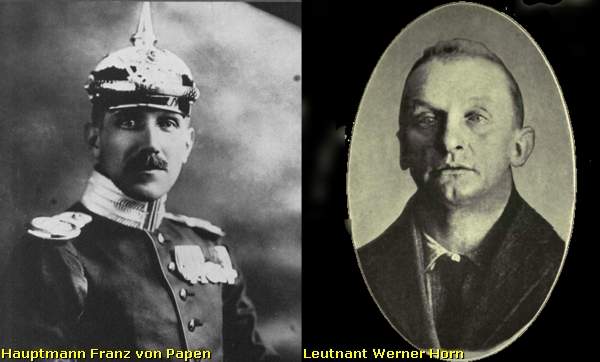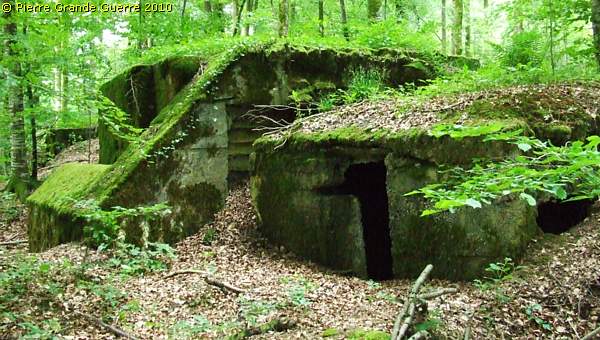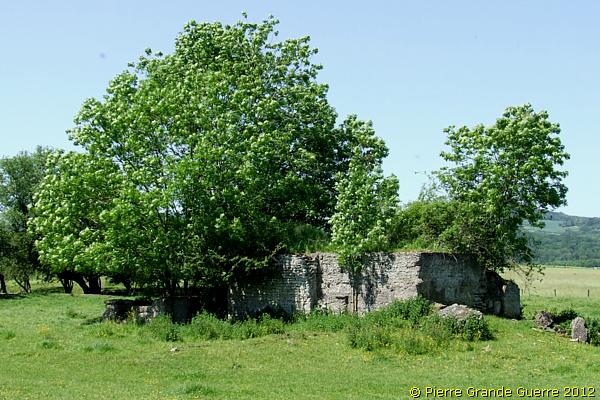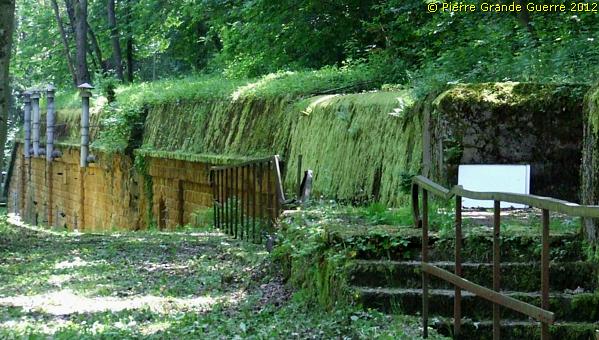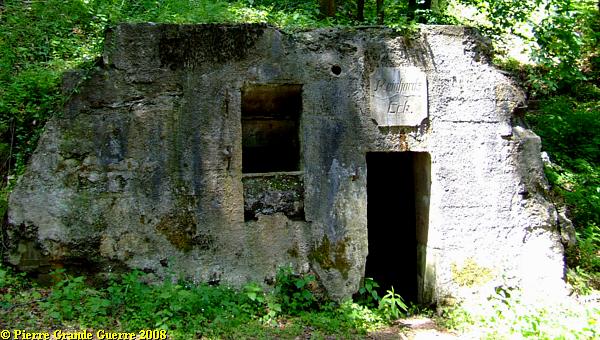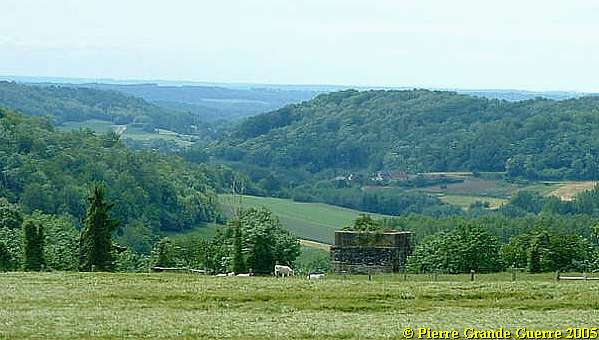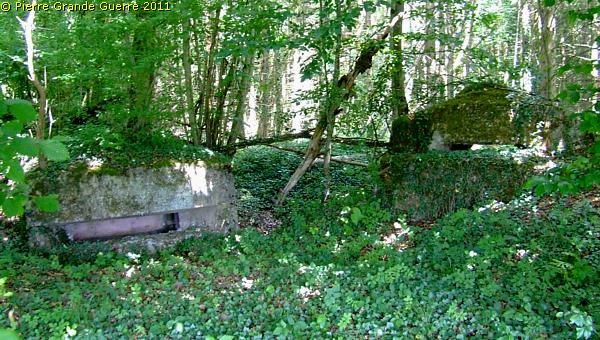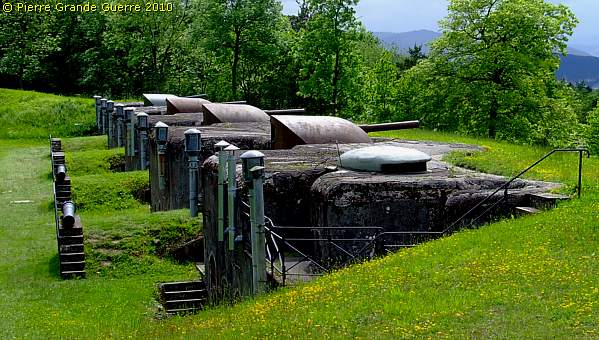CHAMPAGNE - La Main de Massiges
Year of visit: 2005, (2014)
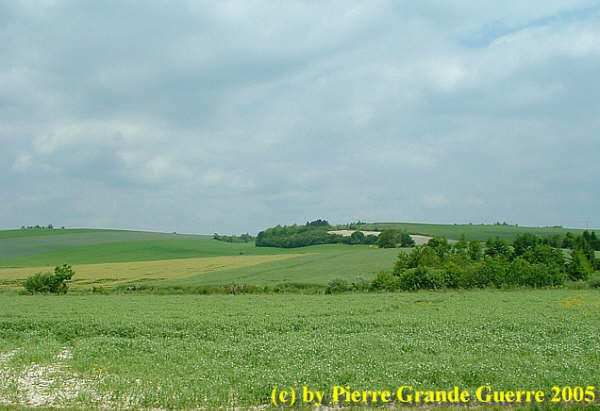
A visit to the east hand of the Champagne-sector, linking up with the Argonne. Along the D 566 from Cernay-en-Dormois, lies now such a peaceful place: Massiges . We visit "la Main de Massiges, the Hand of Massiges, a natural German fort.
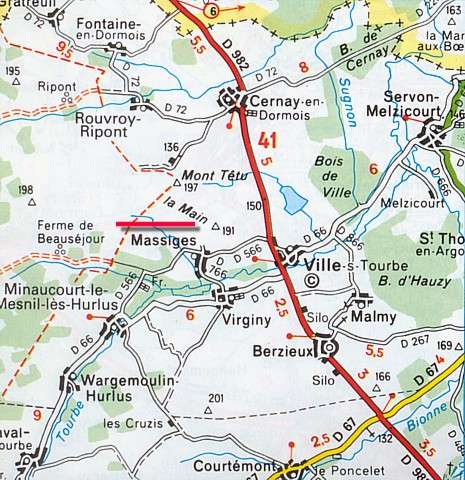
In September 1914 the Germans captured the Hand of Massiges, a natural fortress, rather fast.

These hills dominating the valley of the Aisne are situated to the north of the village of Massiges.
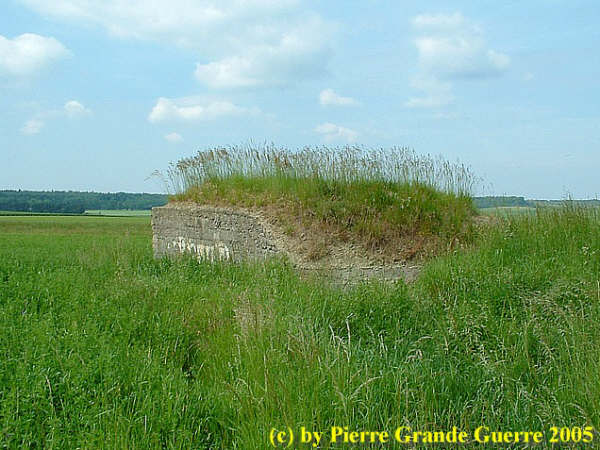
The Hand owes its name to the contour lines on the military maps, which take the form of a flat right hand.
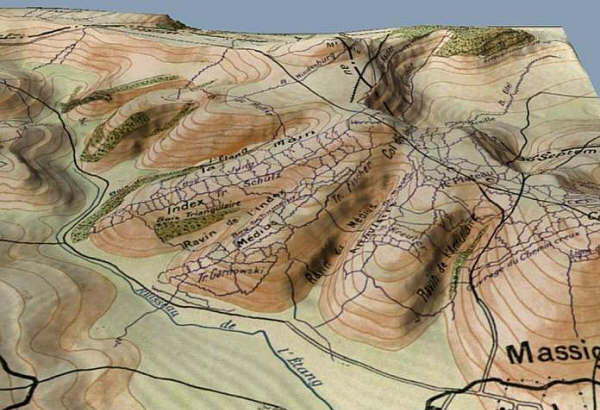
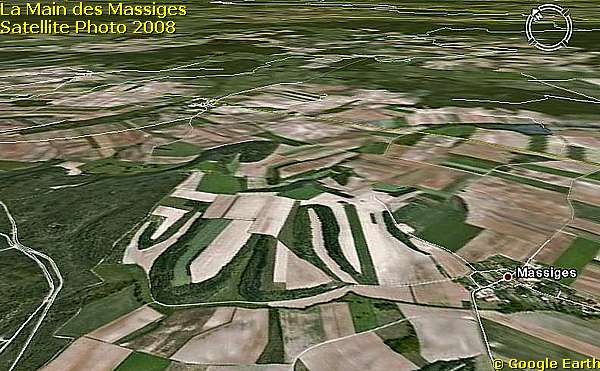
This view of the "ring finger " is from the valley , which belonged to the French troops.
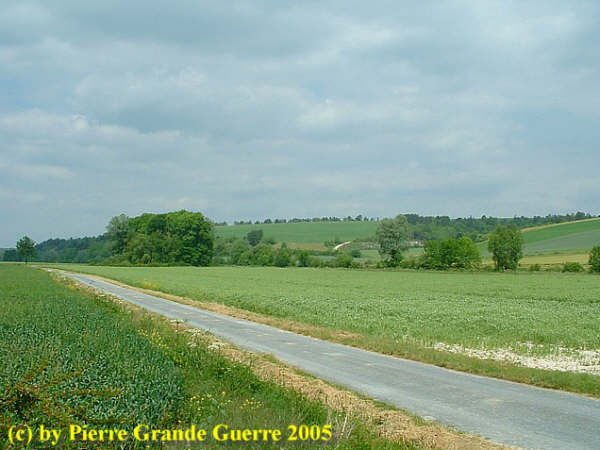
A view to the index and middle finger.

Battles for the Hand of Massiges
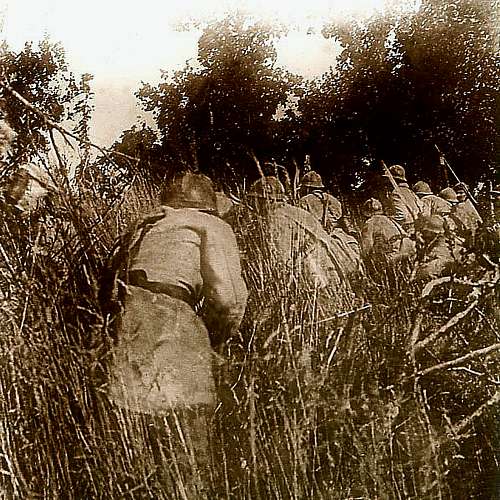
The Hand of Massiges marked the eastern limit of the Champagne Front Sector. In early September 1914 the Germans captured the Hand of Massiges, a natural fortress, rather fast. They immediately started to dig in and fortify the 5 fingers .
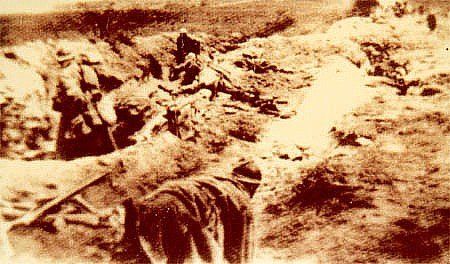
The troops of the Colonial Corps of the Fourth Army, who took part in the counter-offensive after the First Battle of the Marne , came against this obstacle on 13 September 1914.
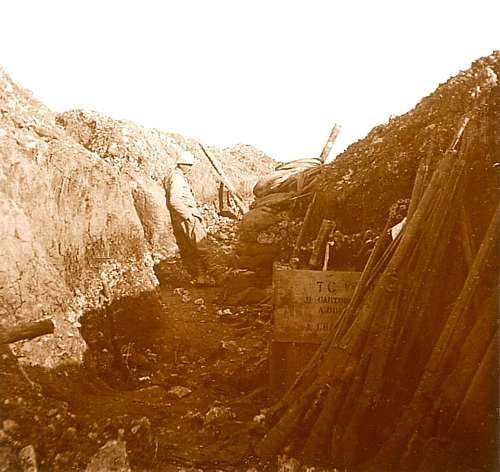
It was the object of incessant attacks, particularly in 1914 and 1915, but it was never totally overrun.
It was finally taken only during the victorious offensive of 1918.
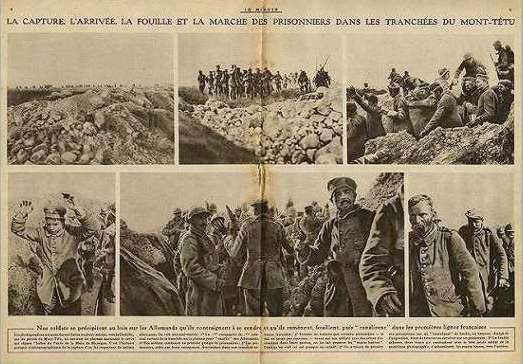
On the outskirts of the village of Massiges we visit the " La Vierge aux Abeilles ".
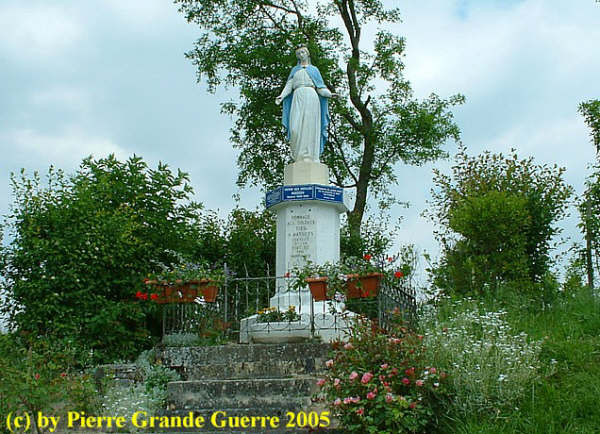
| The statue of " La Vierge aux Abeilles " in Massiges . "The Virgin of the Bees ", was placed on another spot during the war, some 50 meters away from here. The French soldiers removed the statue to the temporarily grave-yard. At the same time they used it as a dressing station and a place to worship the Madonna, before they went upwards the Hand to fight in the first lines . The Madonna was many times hit by bullets and grenades . In one of the holes some bees started to make a beehive . That's why the French soldiers called the Madonna "The Virgin of the Bees ". |
This is Monsieur Albert V., who lives only 3 houses (about 50 m.) to the right from the statue of the Madonna of the Bees.
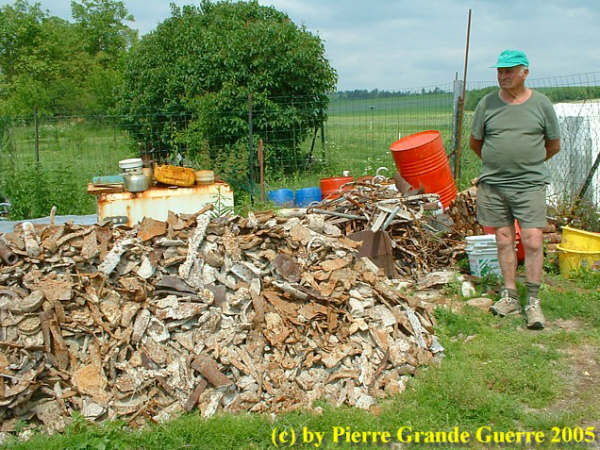
Monsieur V. claims that in the war years a first aid dressing station was situated in his orchyard and backyard.
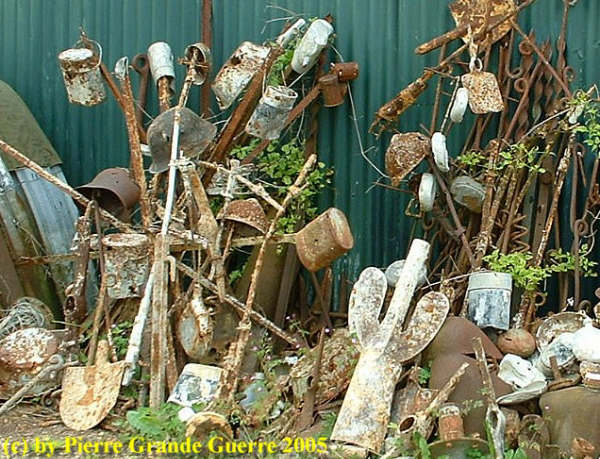
Monsieur V. also claims that during the war the soldiers removed the Madonna statue from the corner of the street to his garden.

For years he has been collecting relics of the period by digging in his own grounds. He created a small museum in one of his sheds, filled with soldier artefacts and relics found in the former trenches.

We were very grateful to Monsieur V. for inviting us is garden and for showing his impressive collection. Our visit to Monsieur V.’s collection interfered with the planned time to visit the Main itself.

In 2005 the tranches on the height were not yet restored by a group of local volunteers.
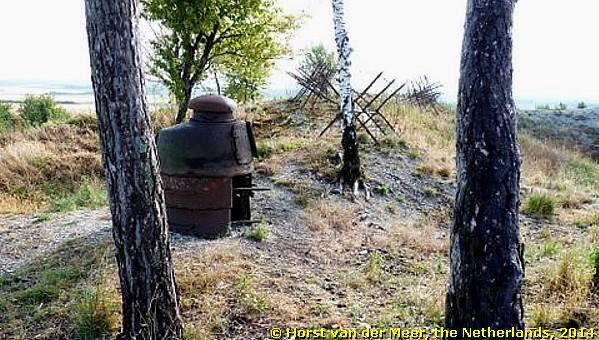
In 2014 Horst van der Meer from the Netherlands visited the recently restored trenches at the Main de Massiges. Horst courteously allowed me to publish here some of his photos to show you an impression of these trenches in 2014.

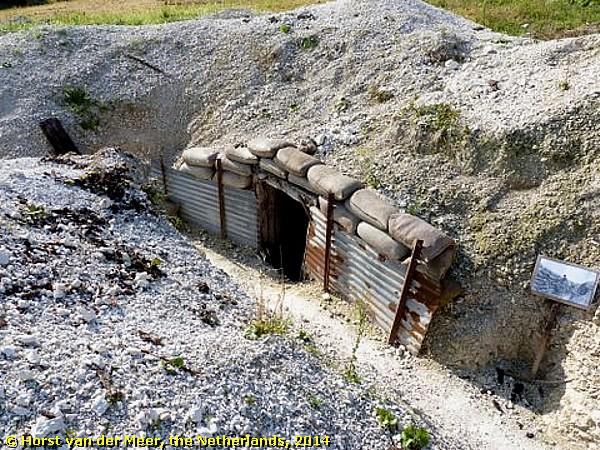
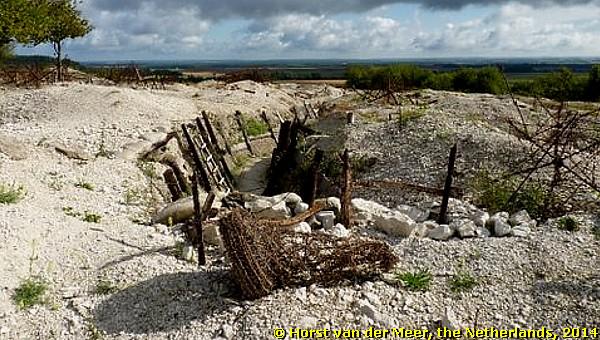
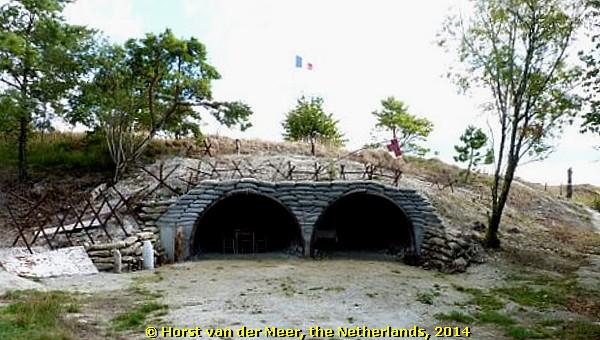
Continue to the next chapter : " MARNE - The Retreat from Mons - 1914 "
